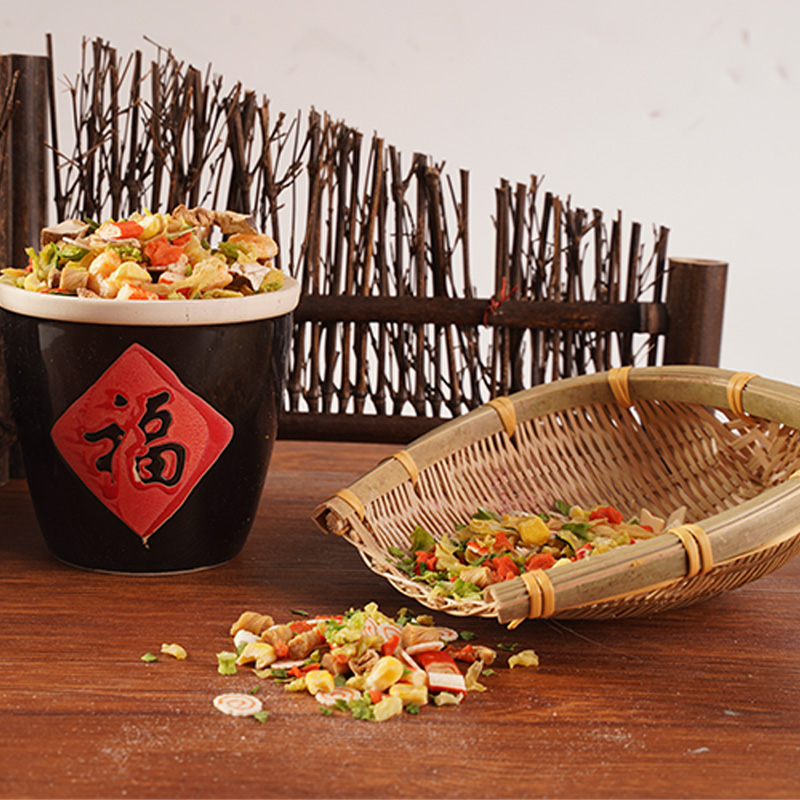Why Are Dehydrated Vegetables a Staple in Emergency Food Supplies?
Dehydrated vegetables have become an essential component of emergency food supplies. These vegetables, which are processed to remove moisture, offer a range of benefits that make them invaluable during emergencies, whether due to natural disasters, food shortages, or unforeseen circumstances.
Long Shelf Life and Stability
One of the primary reasons dehydrated vegetables are favored in emergency food supplies is their extended shelf life. By removing the water content, the growth of bacteria, mold, and other microorganisms is significantly slowed, allowing these vegetables to be stored for several years without refrigeration. This makes them ideal for inclusion in long-term emergency food kits, where accessibility to fresh produce may be limited.
Lightweight and Easy to Transport
Dehydrated vegetables are also much lighter than their fresh counterparts, which makes them easier to transport and store. In emergency situations where space and weight are critical factors—such as in survival kits or during evacuation—dehydrated vegetables provide a compact and convenient option for adding essential nutrients to food supplies without taking up much space or weight.
Nutrient Preservation During Dehydration
Despite the dehydration process, many of the key nutrients found in vegetables, such as vitamins, minerals, and fiber, remain intact. While some nutrient loss can occur, modern dehydration techniques have minimized these losses, making dehydrated vegetables a healthy and reliable option. They provide the same essential nutrients as fresh vegetables, ensuring individuals can maintain a balanced diet during emergencies.
Ease of Preparation
Another important benefit of dehydrated vegetables is the ease of preparation. In emergency scenarios where cooking facilities may be limited, dehydrated vegetables only require the addition of water to rehydrate and restore them to their original texture and flavor. This makes them a quick and convenient food option for people in distress, ensuring they can get a nutritious meal with minimal effort.
Versatility in Meal Planning
Dehydrated vegetables are highly versatile and can be used in a variety of dishes, from soups and stews to casseroles and salads. Their ability to blend well with other ingredients makes them an adaptable choice for emergency meal planning. This flexibility ensures that emergency food supplies can be tailored to suit different tastes and dietary preferences, ensuring that people have access to nourishing meals even in the most challenging circumstances.
Cost-Effective Solution
Finally, dehydrated vegetables provide a cost-effective solution for emergency food supply kits. Fresh produce can be expensive, particularly in times of crisis when supply chains are disrupted. In contrast, dehydrated vegetables are typically more affordable and can be purchased in bulk, helping families, communities, and organizations prepare for emergencies without straining their resources.
The inclusion of dehydrated vegetables in emergency food supplies is driven by their long shelf life, ease of transport, nutritional value, and versatility in meal preparation. Their practicality and affordability make them an indispensable part of any emergency preparedness strategy, providing a reliable food source when fresh options may not be available.
News Category
- Company News(1)
- Industry News(71)



 English
English русский
русский 日本語
日本語 한국어
한국어 中文简体
中文简体












